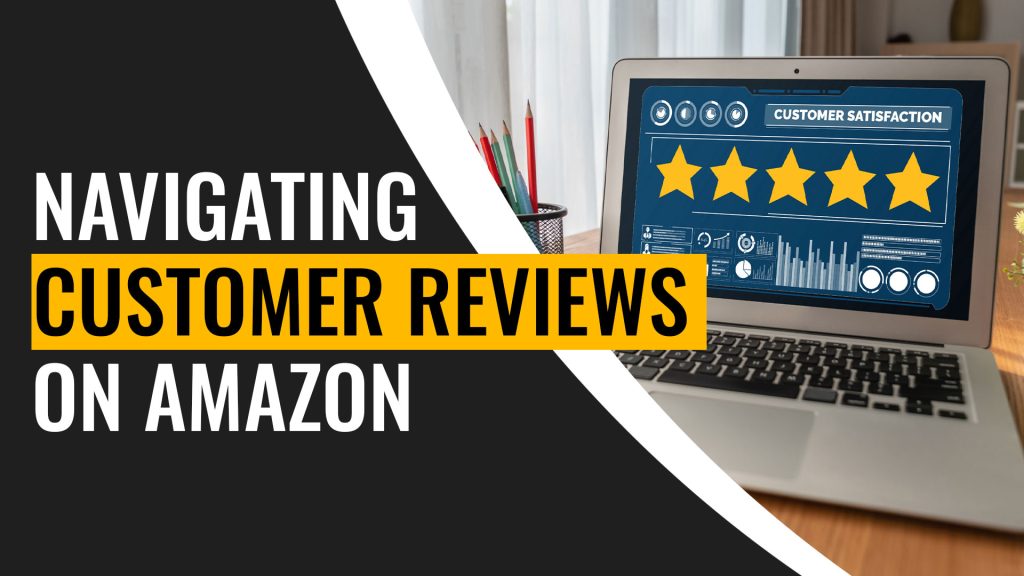
In the bustling world of e-commerce, Amazon stands as a titan, connecting millions of sellers with a vast global audience of buyers. With over 300 million customers annually and a staggering 2.5 million third-party sellers active on the platform, competition is undeniably fierce. However, despite Amazon’s efficient system for connecting merchants with customers and streamlining order fulfillment, sellers continue to encounter numerous challenges and setbacks.
Challenge 1: Managing Counterfeiting and Intellectual Property Risks

In 2024, sellers on Amazon confront an escalating battle against counterfeiting and intellectual property (IP) infringements. The proliferation of unauthorized replicas and copycat products undermines the authenticity of brands, leaving legitimate sellers struggling to uphold their market standing.
How to overcome Managing Counterfeiting and Intellectual Property Risks
To combat this pervasive issue, sellers must embrace proactive brand protection strategies. Vigilant monitoring of the marketplace, prompt reporting of infringements, and enrollment in Amazon’s Brand Registry program are essential steps toward safeguarding against counterfeit threats.
Challenge 2: Intense Competition

The pervasive competition within Amazon’s marketplace poses a significant hurdle for sellers. With low barriers to entry and a multitude of sellers offering similar products, distinguishing oneself becomes increasingly challenging.
How to Overcome Intense Competition
To counteract this trend, sellers must establish exclusive sales channels, employ distinctive marketing strategies, and carve out a unique brand identity amidst the fierce competition.
Challenge 3: Inventory Management Challenges

Optimizing inventory levels presents a significant challenge for Amazon sellers. Striking the right balance is crucial, as insufficient inventory can lead to stockouts, while excessive stock incurs high storage costs.
How to Overcome Inventory Management Challenges
Leveraging algorithmic forecasting systems and monitoring Amazon’s Inventory Performance Index (IPI) are essential strategies for maintaining optimal inventory levels and remaining competitive on the platform.
Challenge 4: Protecting Account Security and Preventing Fraud

Account security and fraud prevention are paramount concerns for Amazon sellers in today’s digital marketplace. Safeguarding against threats such as phishing attempts, unauthorized access, and fraudulent transactions requires proactive security measures and vigilance.
How to Overcome Protecting Account Security and Preventing Fraud
By staying informed about security threats, implementing robust security practices, and monitoring accounts for suspicious activity, sellers can mitigate risks and protect their business interests on the Amazon platform.
Challenge 5: Navigating Customer Reviews on Amazon

Managing customer reviews emerges as a critical aspect for sellers in Amazon’s competitive landscape. Positive reviews enhance product visibility and credibility, while negative reviews can deter potential buyers.
How to Overcome the Maze of Customer Reviews on Amazon:
Effective review management requires careful discernment between different types of feedback and adherence to Amazon’s policies against incentivized or fake reviews. By prioritizing authenticity and engaging with customers, sellers can foster a loyal customer base and drive continuous improvement on the platform.
Challenge 6: Cash Flow Challenges

Amazon’s payout structure poses significant challenges for sellers, particularly concerning cash flow management. The prolonged cash flow gap between acquiring inventory and receiving payouts can hinder business operations and financial stability.
How to Overcome Cash Flow Challenges
Diversifying sales channels and establishing an e-commerce store are potential solutions for mitigating cash flow challenges and gaining greater autonomy over financial operations.
Solutions and Strategies for Overcoming Challenges
In response to these challenges, many sellers are exploring alternative strategies to regain control over their operations and mitigate costs. Some opt for the Fulfilled-by-Merchant approach or a hybrid model combining FBA and FBM, while others choose to manage sales channels independently. Establishing dedicated order fulfillment centers, partnering with shipping services, and implementing robust Warehouse Management Systems (WMS) are essential steps toward taking ownership of the fulfillment process and unlocking long-term benefits for growing businesses.
In conclusion, while Amazon FBA offers unparalleled reach and convenience for sellers, navigating its landscape isn’t without its hurdles. By embracing proactive strategies, staying informed about marketplace trends, and leveraging technological solutions, sellers can overcome challenges and thrive in Amazon’s dynamic marketplace of 2024.



